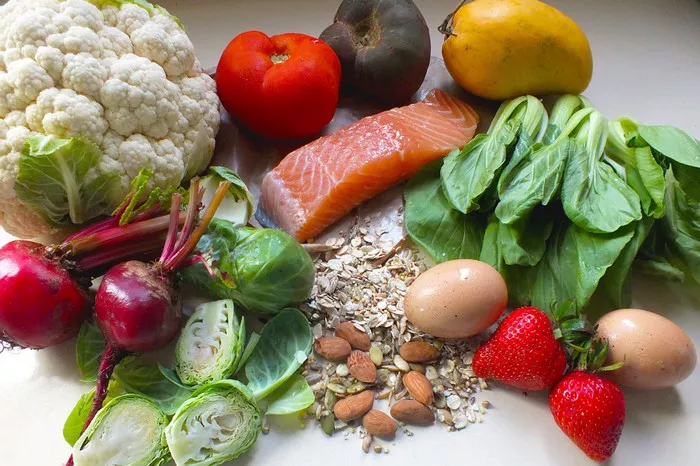In the highly competitive UK ready-to-drink (RTD) market, where countless products jostle for consumer attention, Andrew Dobbie, founder of creative agency MadeBrave, which specializes in branding, culture, and growth for the drinks and FMCG industries, has spotlighted key strategies for brands to make a mark.
The RTD alcohol segment is experiencing a significant upswing, with consumers increasingly drawn to its convenience and quality. This has led to RTDs steadily claiming market share from beer and wine, as they offer a gateway for consumers to explore new brands and relish a diverse range of consumption occasions and flavor profiles. NielsenIQ data indicates that RTDs amassed a staggering £3.2 billion in global sales in 2023, with a remarkable year-on-year growth exceeding 30%.
To rise above the fray in this crowded market, Dobbie outlines four crucial strategies. Firstly, brands must look to connect with consumers “beyond” the flavor and product itself. While taste is undeniably important, forging emotional connections can give a brand the edge. The Brand Equity Index shows that brands nurturing such bonds enjoy a 25% sales boost. RTD brands can achieve this by delving into storytelling, perhaps highlighting the origins of their ingredients or the artistry behind their cocktails. For instance, those emphasizing local sourcing or sustainability can strike a chord with eco-conscious consumers, creating a narrative that goes beyond the mere product.
Secondly, finding an entry point into culture is vital. Successful brands synchronize with current cultural trends, aligning their offerings with consumer lifestyles to enhance relevancy. The ascendancy of social media platforms like TikTok means brands must engage with pop culture promptly. The recent popularity spike of “tropical” cocktails such as passion fruit martinis and piña coladas presents an opportunity for RTD brands to insert themselves into trending conversations. Collaborations with influencers or the creation of limited-edition flavors tied to seasonal events can help maintain a brand’s visibility and relevance.
Doing something in the real world is another effective approach. In an era where experiences often hold more value than possessions, crafting shareable moments is essential. RTD brands can engineer memorable experiences that prompt consumers to engage and share on social media. The “Fish and Chips” pop-up by Jellycat at Selfridges in London serves as an excellent example. This one-of-a-kind event fused a quintessential British dish with the brand’s whimsical style, offering immersive experiences that charmed attendees. With 74% of event-goers sharing their experiences on social media (EventTrack), it showcases how a unique activation can exponentially expand a brand’s reach.
Finally, showing up in surprising ways can set a brand apart. Creativity, especially through unexpected partnerships or novel marketing strategies, can generate a buzz. The Jellycat event again provides inspiration, illustrating how immersive experiences can capture attention. RTD brands could consider offbeat alliances, like teaming up with local food vendors for exclusive pairing events, or launching idiosyncratic limited editions linked to holidays. Even during sampling activities, thinking outside the box, such as using a vending machine, a citywide treasure-hunt, or an arcade grabber crane, can yield far greater rewards for a brand, both online and offline.
As the RTD category thrives, a multifaceted strategy is essential for success. By building emotional connections, integrating with culture, creating memorable experiences, and embracing creativity, RTD brands can secure a significant portion of the market. All it takes is a dash of bravery. It’s worth noting that MadeBrave has recently been engaged by Red Star Brands to boost awareness for its Four Loko RTD beverage.


























